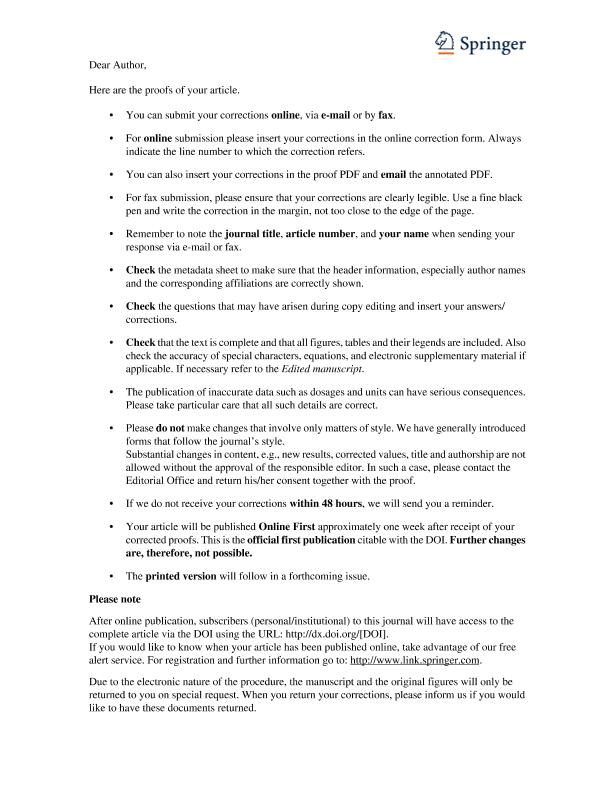Mostrar el registro sencillo del ítem
dc.contributor.author
de la Vega, Gerardo José

dc.contributor.author
Schilman, Pablo Ernesto

dc.date.available
2018-01-05T19:52:51Z
dc.date.issued
2017-10
dc.identifier.citation
de la Vega, Gerardo José; Schilman, Pablo Ernesto; Using eco-physiological traits to understand the realized niche: the role of desiccation tolerance in Chagas disease vectors; Springer; Oecologia; 185; 4; 10-2017; 607-618
dc.identifier.issn
0029-8549
dc.identifier.uri
http://hdl.handle.net/11336/32448
dc.description.abstract
Small ectotherms, such as insects, with high surface area-to-volume ratios are usually at risk of dehydration in arid environments. We hypothesize that desiccation tolerance in insects could be reflected in their distribution, which is limited by areas with high relative values of water vapor pressure deficit (VPD) (e.g., hot and dry). The main goal of this study was to explore whether incorporation of eco-physiological traits such as desiccation tolerance in arid environments can improve our understanding of species distribution models (SDM). We use a novel eco-physiological approach to understand the distribution and the potential overlap with their fundamental niche in triatomine bugs, Chagas disease vectors. The desiccation dimension for T. infestans, T. delpontei, T. dimidiata, and T. sordida niches seems to extend to very dry areas. For T. vitticeps, xeric areas seem to limit the geographical range of their realized niche. The maximum VPD limits the western and southern distributions of T. vitticeps, T. delpontei, and T. patagonica. All species showed high tolerance to desiccation with survival times (35 °C-RH ~ 15%) ranging from 24 to 38 days, except for T. dimidiata (9 days), which can be explained by a higher water-loss rate, due to a higher cuticular permeability along with a higher critical water content. This approach indicates that most of these triatomine bugs could be exploiting the dryness dimension of their fundamental niche. Incorporating such species-specific traits in studies of distribution, range, and limits under scenarios of changing climate could enhance predictions of movement of disease-causing vectors into novel regions.
dc.format
application/pdf
dc.language.iso
eng
dc.publisher
Springer

dc.rights
info:eu-repo/semantics/openAccess
dc.rights.uri
https://creativecommons.org/licenses/by-nc-sa/2.5/ar/
dc.subject
Physiological Ecology
dc.subject
Desiccation Tolerance
dc.subject
Sdm
dc.subject
Chagas Disease Vectors
dc.subject.classification
Otras Ciencias Biológicas

dc.subject.classification
Ciencias Biológicas

dc.subject.classification
CIENCIAS NATURALES Y EXACTAS

dc.title
Using eco-physiological traits to understand the realized niche: the role of desiccation tolerance in Chagas disease vectors
dc.type
info:eu-repo/semantics/article
dc.type
info:ar-repo/semantics/artículo
dc.type
info:eu-repo/semantics/publishedVersion
dc.date.updated
2017-12-15T14:32:59Z
dc.identifier.eissn
1432-1939
dc.journal.volume
185
dc.journal.number
4
dc.journal.pagination
607-618
dc.journal.pais
Alemania

dc.description.fil
Fil: de la Vega, Gerardo José. Consejo Nacional de Investigaciones Científicas y Técnicas. Oficina de Coordinación Administrativa Ciudad Universitaria. Instituto de Biodiversidad y Biología Experimental y Aplicada. Universidad de Buenos Aires. Facultad de Ciencias Exactas y Naturales. Instituto de Biodiversidad y Biología Experimental y Aplicada; Argentina
dc.description.fil
Fil: Schilman, Pablo Ernesto. Consejo Nacional de Investigaciones Científicas y Técnicas. Oficina de Coordinación Administrativa Ciudad Universitaria. Instituto de Biodiversidad y Biología Experimental y Aplicada. Universidad de Buenos Aires. Facultad de Ciencias Exactas y Naturales. Instituto de Biodiversidad y Biología Experimental y Aplicada; Argentina
dc.journal.title
Oecologia

dc.relation.alternativeid
info:eu-repo/semantics/altIdentifier/url/http://link.springer.com/10.1007/s00442-017-3986-1
dc.relation.alternativeid
info:eu-repo/semantics/altIdentifier/doi/http://dx.doi.org/10.1007/s00442-017-3986-1
Archivos asociados
